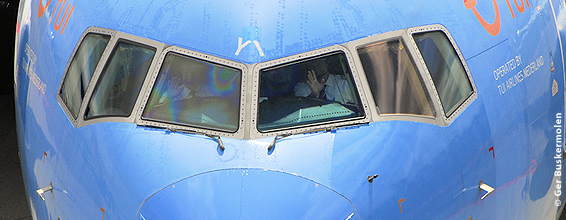Most airlines combat pilot fatigue by way of a strict work-and-rest regime. In practice, however, pilots can still become fatigued at times. The Dutch charter airline ArkeFly contracted NLR and TNO (Netherlands Organization for Applied Scientific Research) to develop a smarter Fatigue Risk Management System (FRMS) designed to address problems of fatigue more effectively.
Fatigue is a complex concept, as are the factors that influence it. Flight crew can suffer from jetlag just like any passenger, but occupational pressure and the quality of sleep also play a role. To get a clearer idea of how fatigue levels in flight crew are affected by crossing time zones, biorhythms and general physical condition, around 20 ArkeFly pilots were equipped with monitoring equipment. They were given wrist straps to register body movements during sleep, which is an indicator of sleep quality. They were also given palm computers on which they had to complete inflight tests to monitor their fitness on board.
In 2011, NLR set up a model incorporating variables such as flight rosters. The quantification of fatigue has now been completed, which means we are ready for the next step: linking the model to the ArkeFly flight rostering system. With this new flight roster, pilots will feel fitter and flying will become even safer.
Airline pilots have to be fit. A new rostering system has been designed to curb pilot fatigue and make flying even safer.


